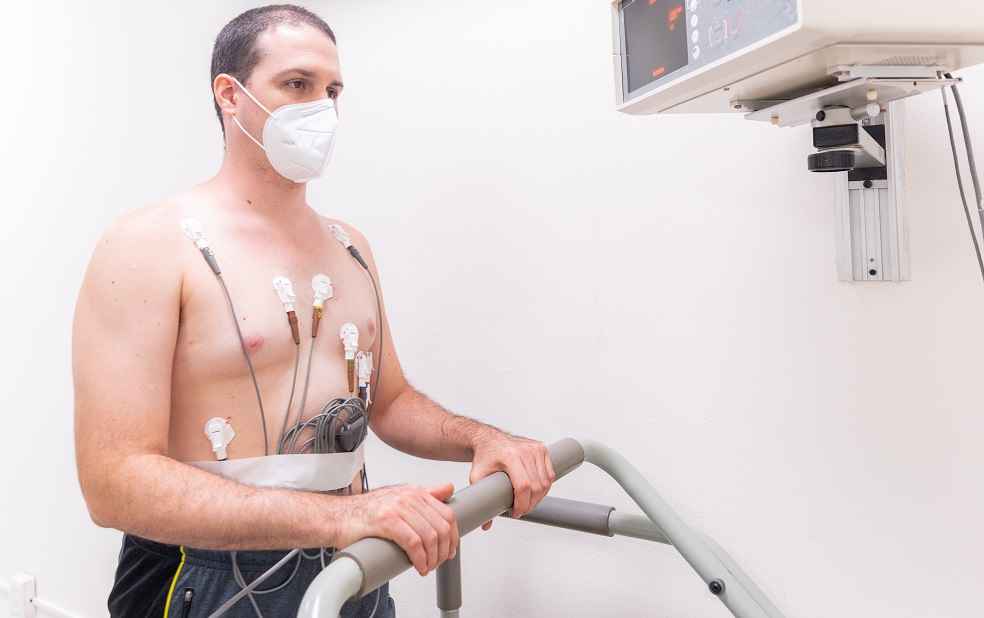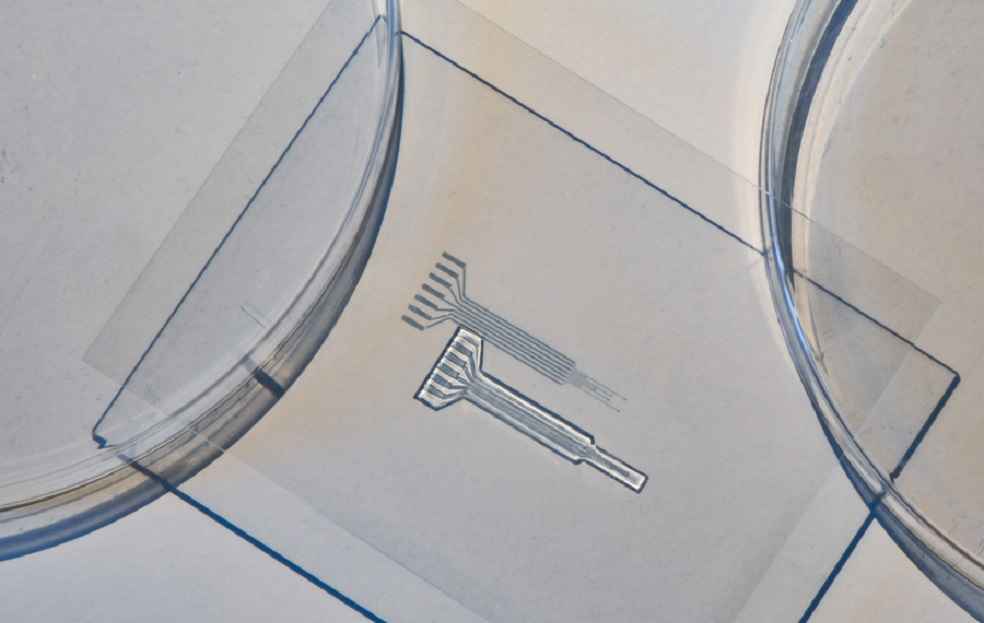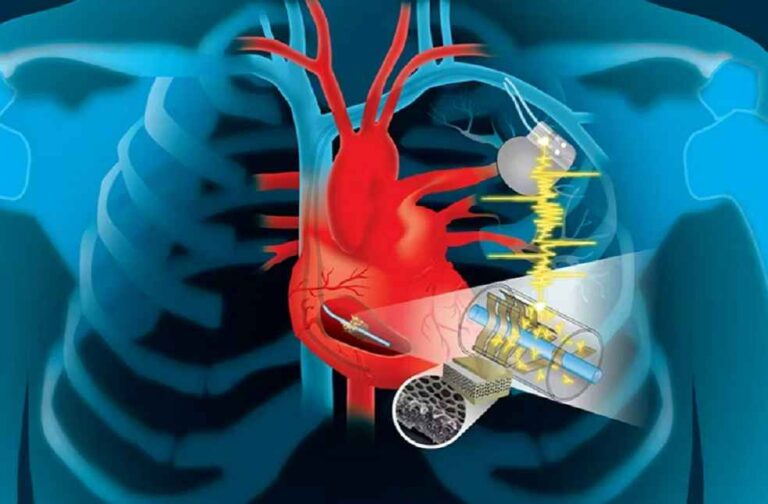MIT engineers have announced the development of a soft, Printable Metalfree Electrode, marking a significant advance in the field of electronic implants. The innovative, Jell-O-like material might one day replace traditional metals as electrical interfaces for devices such as pacemakers and cochlear implants.
Electronic implants are highly diverse, ranging from traditional pacemakers and cochlear implants to innovative microchips for the brain and retina aimed at enhancing vision, treating depression, and restoring mobility. These devices typically use electrodes, small conductive elements that attach to target tissues to stimulate muscles and nerves. Current electrodes are mostly made from rigid metals, which, over time, can cause tissue irritation, leading to scarring, inflammation, and eventual degradation of the implant’s performance.

Addressing this issue, the engineers at MIT have created a new type of high-performance conducting polymer hydrogel, akin to biological tissue in terms of softness and toughness. The material conducts electricity in a manner similar to conventional metals and can be formulated into a printable ink to pattern flexible, rubbery electrodes.
The new gel-like material is unique in its biological mimicry, with water content similar to human tissues, according to Hyunwoo Yuk SM ’16, PhD ’21, co-founder of SanaHeal. Xuanhe Zhao, professor of mechanical engineering and civil and environmental engineering at MIT, also highlighted the potential of this new electrode to replace metal in stimulating nerves and interfacing with various organs in the body.

While polymers generally insulate against electricity, a select group can facilitate the passage of electrons. These conductive polymers have been combined with hydrogels in past attempts to fabricate soft, metal-free electrodes. The challenge has been to balance electrical and mechanical properties. Enhancements to a gel’s electrical properties often compromised its mechanical ones, and vice versa.
This obstacle was overcome by the MIT team by ensuring phase separation in their hydrogel-conductive polymer mixture, thereby enhancing both electrical and mechanical properties. Both components of the ‘spaghettified’ gel maintained their strengths and were continuously spread across the material. The researchers were able to transform this gel into a 3D-printable ink, creating patterns on hydrogel films akin to traditional metal electrodes.

Initial tests on rats have shown promising results, with the new electrodes remaining stable for up to two months and causing minimal inflammation or scarring to surrounding tissues. The gel electrodes were also successful in relaying electrical pulses and stimulating motor activity in the associated muscles and limbs.
Potential immediate applications of the material include supporting patients recovering from heart surgery, who require several weeks of electrical support to prevent postoperative heart attacks. Instead of metallic electrodes, the new gel could minimize complications and side effects, according to Yuk.
Further research is aimed at extending the material’s lifetime and performance to pave the way for its use as a soft electrical interface for longer-term implants. The vision, as expressed by Zhao, is to replace glass, ceramic, and metal inside the body with a Jell-O-like material that is not only benign but also offers superior performance and longevity.
BUSINESS GENERAL: U.S. Tops Attraction for Renewable Energy Investors, ACORE Survey Reveals



